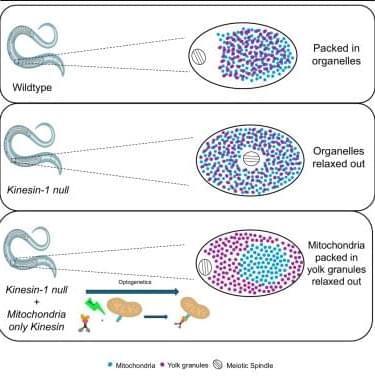Immune evasion of human stem-cell-derived neural graft in rodent models.
Transplantation rejection is the main challenge in human pluripotent stem cell (hPSC)-derived therapies.
The researchers used hPSC line (termed H1-FS-8IM), engineered to overexpress 8 immunomodulatory transgenes, to enable transplant immune evasion.
They show in co-cultures, H1-FS-8IM PSC-derived midbrain neurons evaded rejection by T lymphocytes, natural killer cells, macrophages, and dendritic cells.
The authors also provide preclinical evidence of pluripotent stem cell line evading immune detection after neural engraftment in a humanized immune system mouse model and reversal of motor symptoms in Parkinsonian rats.
Incorporation of a suicide gene within the universal donor cell ensures safety for cell-based therapies. https://sciencemission.com/A-cloaked-human-stem-cell-derived-neural-graft
Pavan et al. provide preclinical evidence of an engineered human “Universal” pluripotent stem cell line evading immune detection after neural engraftment in a humanized immune system mouse model and reversal of motor symptoms in Parkinsonian rats. Incorporation of a suicide gene within the universal donor cell ensures safety for cell-based therapies.
